In a recent issue of The Medical Letter Vol. 63(1624), the authors review the product Plenity, a novel approach to aiding weight loss. Plenity is the only FDA-approved weight-loss drug indicated for overweight but not obese patients, regardless of other preexisting health issues.
Plenity is an oral superabsorbent formulation of cellulose (fiber) and citric acid that forms a space-occupying gel in the stomach. It should be taken 20-30 minutes before lunch and dinner. This gel can occupy up to 25% of the volume of an average stomach, mixing with food and providing a sense of fullness. The gel is then digested and broken down in the colon.
In a controlled trial, Plenity was superior to placebo in achieving weight loss. Adverse effects reported in this trial were common, occurring in about 40% of patients, but were not severe. As expected for a drug that remains in the GI tract, the most common side effects were diarrhea, abdominal distention, infrequent bowel movements, flatulence, abdominal pain, and constipation. In most cases, these adverse effects were mild and resolved within 2 weeks. No serious adverse effects have been reported.
For now, Plenity is only available via a telehealth visit on the company’s website (click here). Later this year it will be available by mail-order pharmacy.
Search Topics
- Acid Reflux 1
- CDC 1
- CT Scans 1
- Corticosteroids 1
- Delta Variant 1
- Flu vaccine 1
- GERD 1
- Gastroesophageal Reflux Disease 1
- HEPATITIS C 1
- Intermittent Fasting 1
- Johnson and Johnson 1
- KETO DIET 1
- MDVIP 1
- MS 1
- Masks 1
- Men's Health 1
- Moderna 1
- Multiple Sclerosis 1
- Pfizer 1
- Plenity 1
- Tryptophan 1
- alcohol 1
- alcohol abuse 1
- aspirin 1
- blood pressure 1
- bone health 1
- calcium 1
- cardiovascular 1
- cardiovascular disease 1
- cholesterol 1
- coconut oil 1
- coronary plaque 1
- coronavirus 12
- covid vaccine 4
- covid-19 19
- covid-19 in Children 1
- covid-19 testing 1
- deep venous thrombosis 1
- diabetes 2
- diet 1
- emotional wellbeing 1
- exercise 2
- fitness 1
- flu 3
- flu vaccine 1
- healthy holiday 1
- healthy living 1
- hearing 1
- heart disease 1
- heart disease prevention 1

